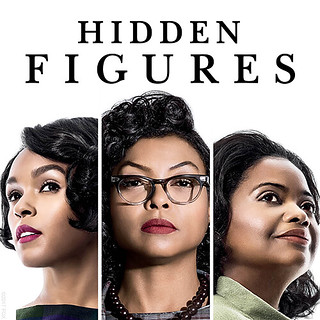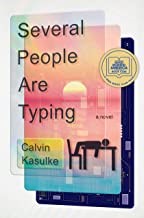 This year’s theme is mathematics.
This year’s theme is mathematics.
Join us from Monday, Sept 19 to Friday, Sept 23rd for a week long celebration of science at BCIT Library.

During SLW, we will be posting a math puzzle daily to the Loop and to our Instagram (bcitlib). Enter for a chance to win a fabulous prize!

For more info and some great resources visit our Science Literacy Week LibGuide.

 Deirdre_Grace@bcit.ca.
Deirdre_Grace@bcit.ca. Jeffery_Verbeem@bcit.ca
Jeffery_Verbeem@bcit.ca










